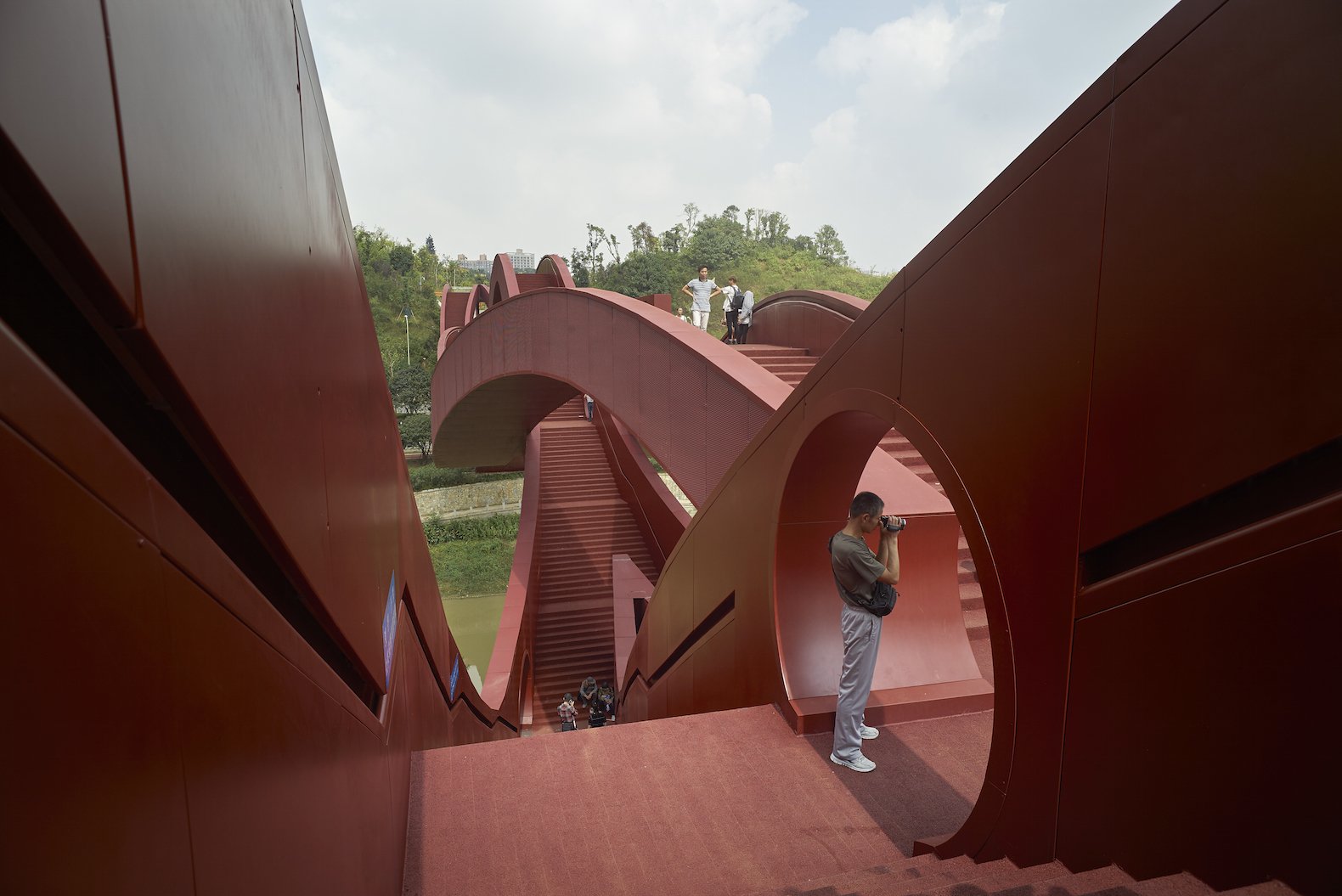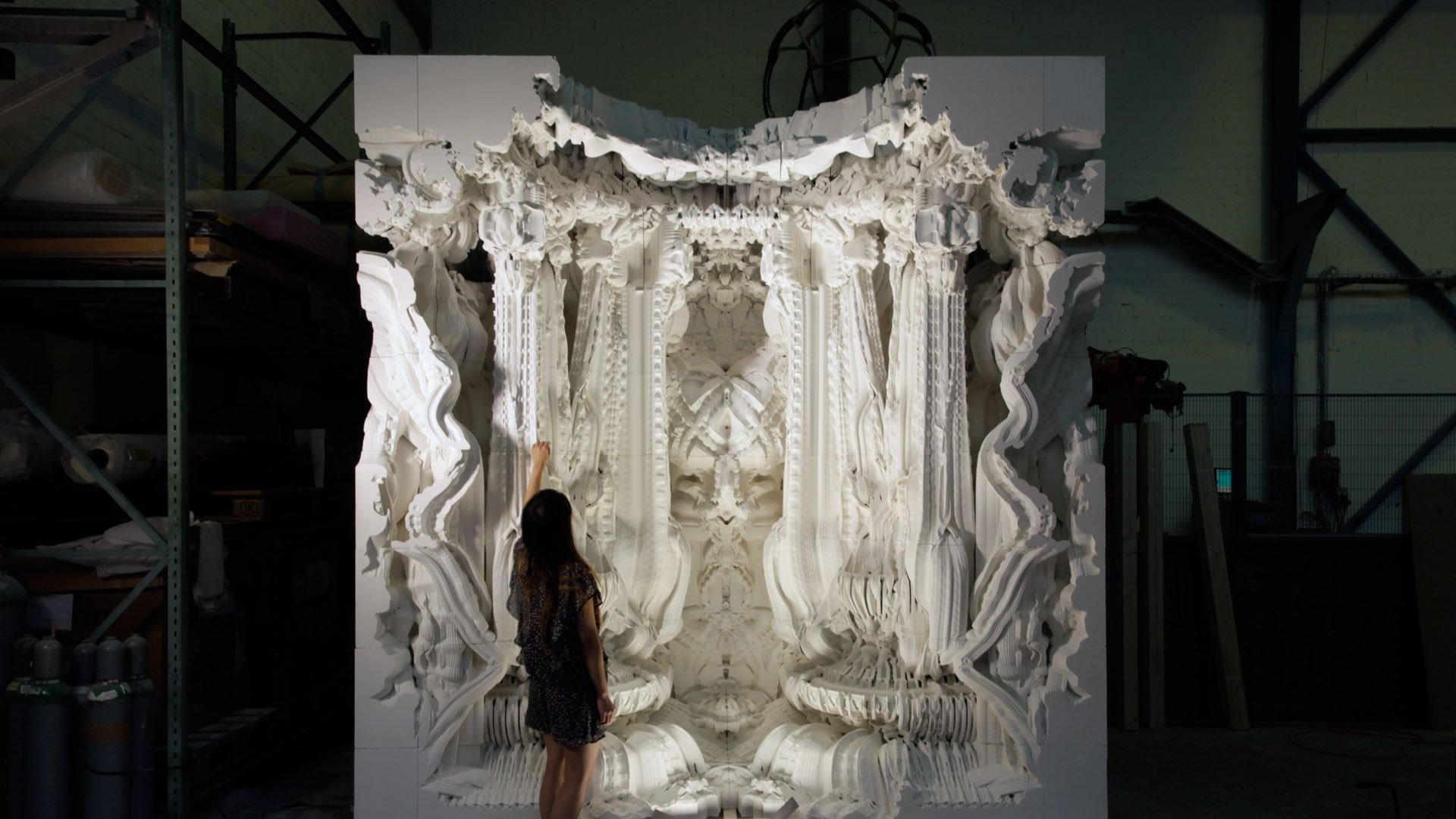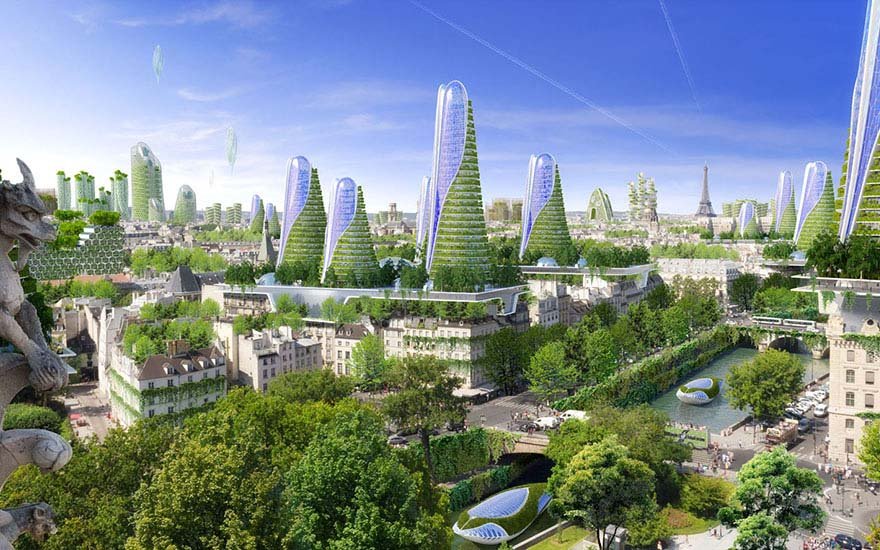
en
2018-01-25
How Will the Cities of the Future Look Like?


The future is closer than you can imagine! Many projects are already answering the question of what the urban environment of futuristic cities will be like. From a skyscraper with spinning floor to a park where wastewater is treated. Check these 5 architectural trends that will prevail in the next decade.
“Every great architect is definitely an outstanding poet. He adapts and converts the challenges of his time into architectural gems.”
These are the words of one of the undoubtedly great architects, Frank Lloyd Wright, whose vision of harmony in design and the innovation of urban planning helped to create a unique and personal style of organic architecture. However, it's worth mentioning that Wright wasn't only a mirror of his time but could foresee the desires and needs of future generations.
We made a list of our favorite contemporary projects that shed light on the future of our visual world. Here are 5 projects that present the architecture of the future.
1. Hypnotic bridges
Why do we need to build fresh suspension bridges or arched overpasses when humanity can create real architectural masterpieces? The incredible, wavy design of the footbridge across the Dragon King Harbor River is uniquely the exemplary work of the architects of the future. The construction of the bridge consists of three separate strips that intertwine and overhang the beautiful landscape of Changsha.
Last year, this project won the international competition for the arrangement of the city park and now is under development. “The inspiration for the design, which consists of several “ribbons”, was the Mobius strip,” explained architect Michael Schrynemakers. “On the other hand, this is a kind of analogy with the traditional Chinese knot that was often used in the ancient arts and crafts of the Tianxia,” added John van de Water.




2. Rotating skyscrapers
The image of the 80-story skyscraper, from the company David Fisher Dynamic Architecture, was presented back in 2008. The highlight of the project is the design of each floor, which rotates around its axis. Of course, such an innovative house can be afforded only by the one metropolis, the city of concentration of the rich and famous, Dubai.
The giant structure penetrating the clouds is in constant motion: each floor does a full circle in 90 minutes. Forget about the customers' debates for the east side of the house: each luxury apartment has a 360 degrees view. The construction has several huge wind turbines that produce electricity for the needs of residents. It's also worth mentioning the fact that elevators are able to accommodate and transport very large loads. Therefore, the presentation of a new luxury car can be arranged right in the penthouse, among the clouds.
3. Invisible architecture
Invisible architecture is the hallmark of science fiction design, but modern architects are already trying to bring the future closer.
There is a building in South Korea that seems to be “dressed” in an LED panel. Once, in 2013, CNN wrote: "The illusion of invisibility can be achieved thanks to a high-tech system that will use many cameras around the perimeter of the structure and transmit real-time images to the front LED panels."
However, architects from STPMJ found a shorter and less technological way to achieve the invisibility of the building. Their private house project was built of wooden structures but covered with a mirror film on top, which spent no more than $ 5000. The idea is to blur the boundaries between the object and the environment. Architects managed to take the concept of invisibility to a new level. It is such simple, at first glance, and extraordinary actions that will lead humanity to its intended goal - invisible architecture.
4. Interiors made on a 3D printer
It's no secret that the technology of volume printing has found application in almost every field of activity. Therefore, it's logical that the future of 3D printing design is also on this list. Architects Michael Gansmeier and Benjamin Dillenbürger, as part of the Digital Grotesque project, printed 16 cubic meters of room decor with incredible ornaments, like from a futuristic church.
“We strive to create an architecture that doesn't lead to classification or systematization,” says the site of the team. “Digital grotesque balances between chaos and order and depicts both natural and artificial forms.”
5. Inflatable architecture
The concert hall named “Ark Nova” looks like a marmalade dragee, but inside, the audience gets into a bright, shiny shell. This approach turned out to be innovative because no one had ever thought of building an inflatable concert hall.
The iconic British sculptor Anish Kapoor and Japanese architect Arata Isozaki joined forces to create a structure that can be freely transported. This music hall was used for charity concerts held throughout Japan after the earthquakes and tsunamis in 2011.










0%







